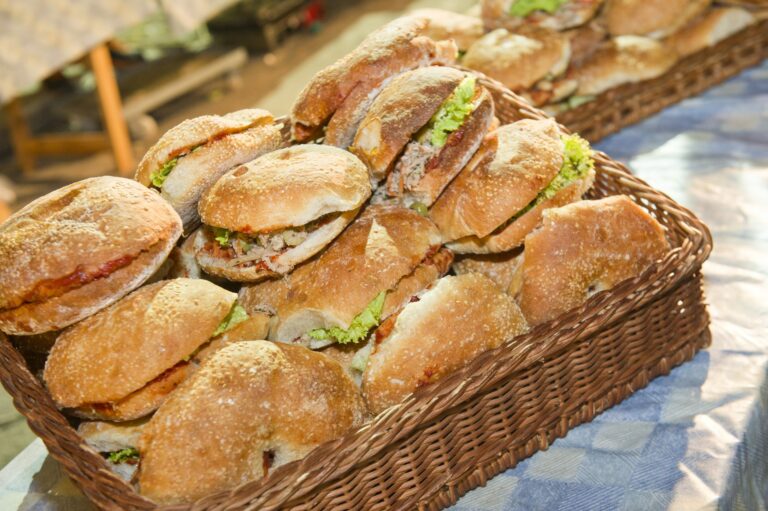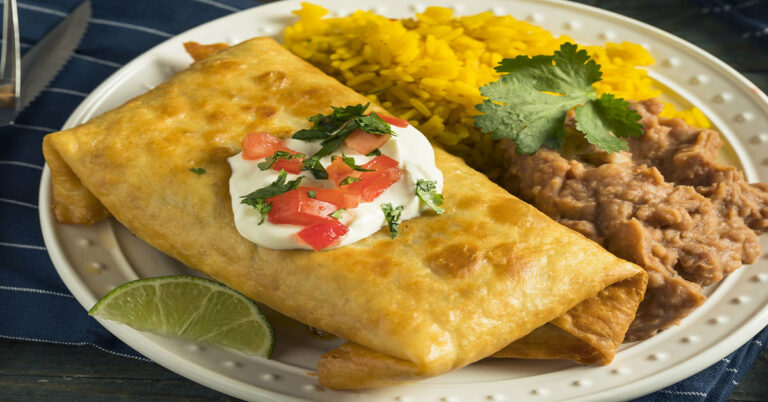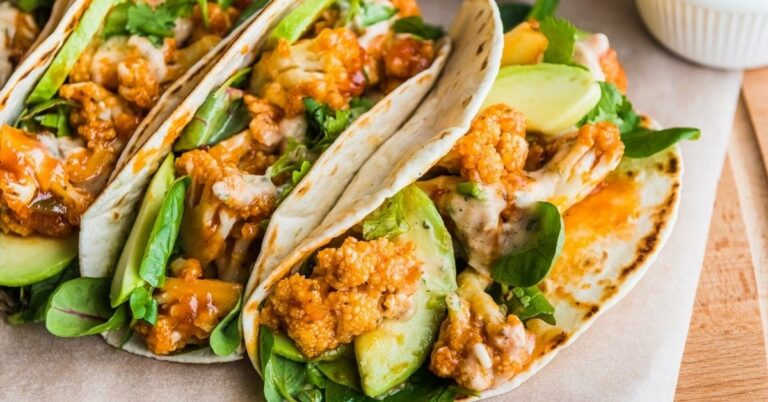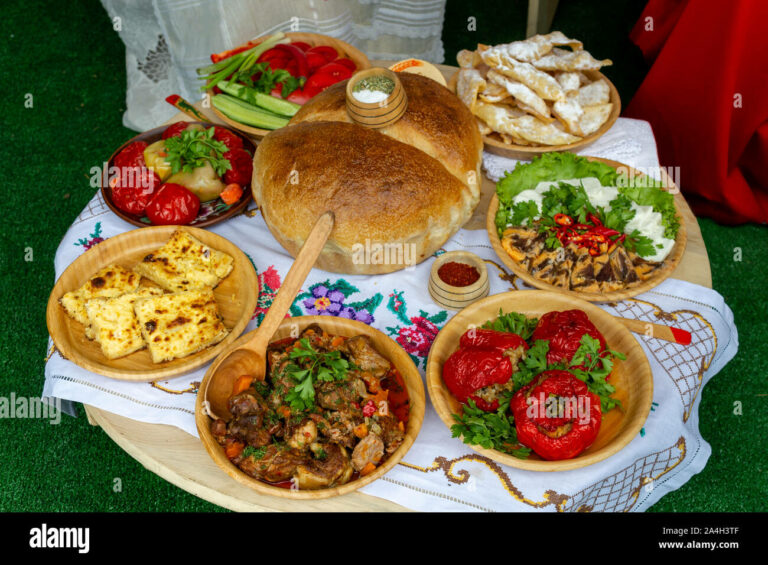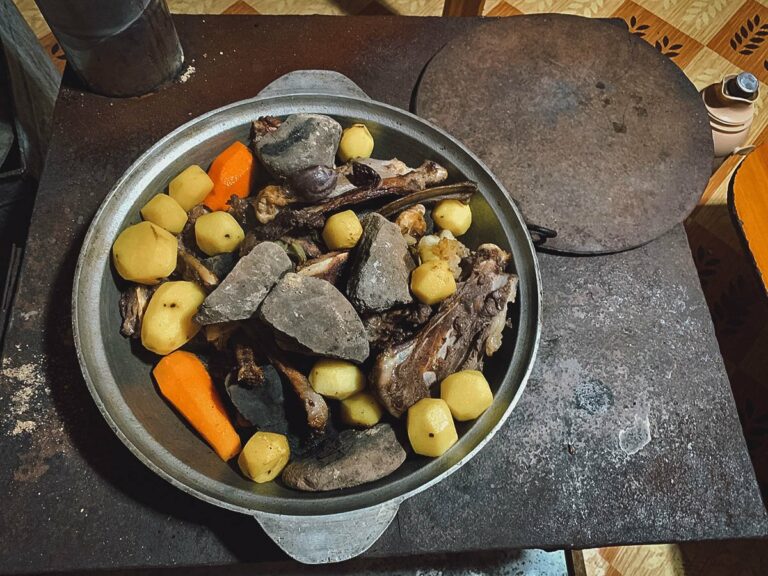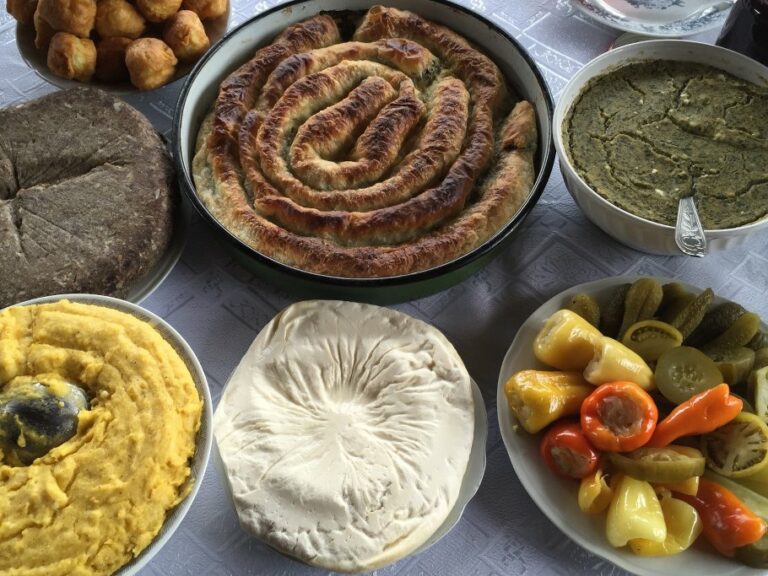Introduction: Discover Maltese cuisine beyond the classics
When we think of Maltese cuisine, our minds often go straight to the beloved classics like rabbit stew or ġbejniet (local goat cheese). However, Malta boasts a rich culinary heritage with lesser-known regional dishes and ingredients that are worth exploring. From hearty bread-and-tomato dishes to sweet honey rings, Maltese cuisine is a delightful surprise for foodies looking to try something new.
Ħobż biż-żejt: A hearty bread-and-tomato dish
Ħobż biż-żejt is a staple dish in Maltese cuisine that dates back to the 19th century. It’s a simple yet hearty dish made with crusty Maltese bread, ripe tomatoes, olives, capers, and olive oil. Sometimes, it’s topped with tuna or anchovies for added flavor. The dish is perfect for a light lunch or a quick snack, and it’s a favorite among locals and tourists alike.
Pastizzi: Savory pastries filled with ricotta or peas
Pastizzi is a popular snack food in Malta and is often compared to a savory croissant. It’s a pastry that’s made with flaky dough and filled with either ricotta cheese or mushy peas. The pastries are baked until golden brown and served hot. Pastizzi is a common street food in Malta, and it’s often served with a hot cup of tea or coffee.
Bigilla: A spicy dip made with beans and garlic
Bigilla is a spicy dip that’s made with mashed fava beans and garlic. It’s a simple yet flavorful dish that’s perfect for dipping bread or crackers. The dish is commonly served as an appetizer in Maltese cuisine, and it’s a favorite among locals. Bigilla is also a vegan-friendly dish, making it a great option for those avoiding animal products.
Qagħaq tal-għasel: Sweet honey rings with sesame seeds
Qagħaq tal-għasel is a sweet pastry that’s made with honey and sesame seeds. It’s a traditional Maltese pastry that’s often served during special occasions like weddings and religious holidays. The pastry is shaped into a ring and baked until golden brown. Qagħaq tal-għasel is a delicious treat that’s perfect for satisfying your sweet tooth.
Trid: A traditional layered dish with pasta, meat, and vegetables
Trid is a traditional layered dish that’s made with pasta, meat, vegetables, and a tomato-based sauce. It’s a hearty dish that’s often served during special occasions like weddings and religious holidays. The dish is made by layering cooked pasta with meat (usually beef or lamb), vegetables (like peas and carrots), and tomato sauce. It’s then baked until golden brown and served hot. Trid is a delicious and filling dish that’s perfect for sharing with family and friends.
In conclusion, Maltese cuisine is a hidden gem waiting to be discovered. From savory pastries to sweet treats, there’s something for everyone in Maltese cuisine. So, next time you visit Malta, be sure to try some of these lesser-known regional dishes and ingredients to get a taste of the island’s unique culinary heritage.

